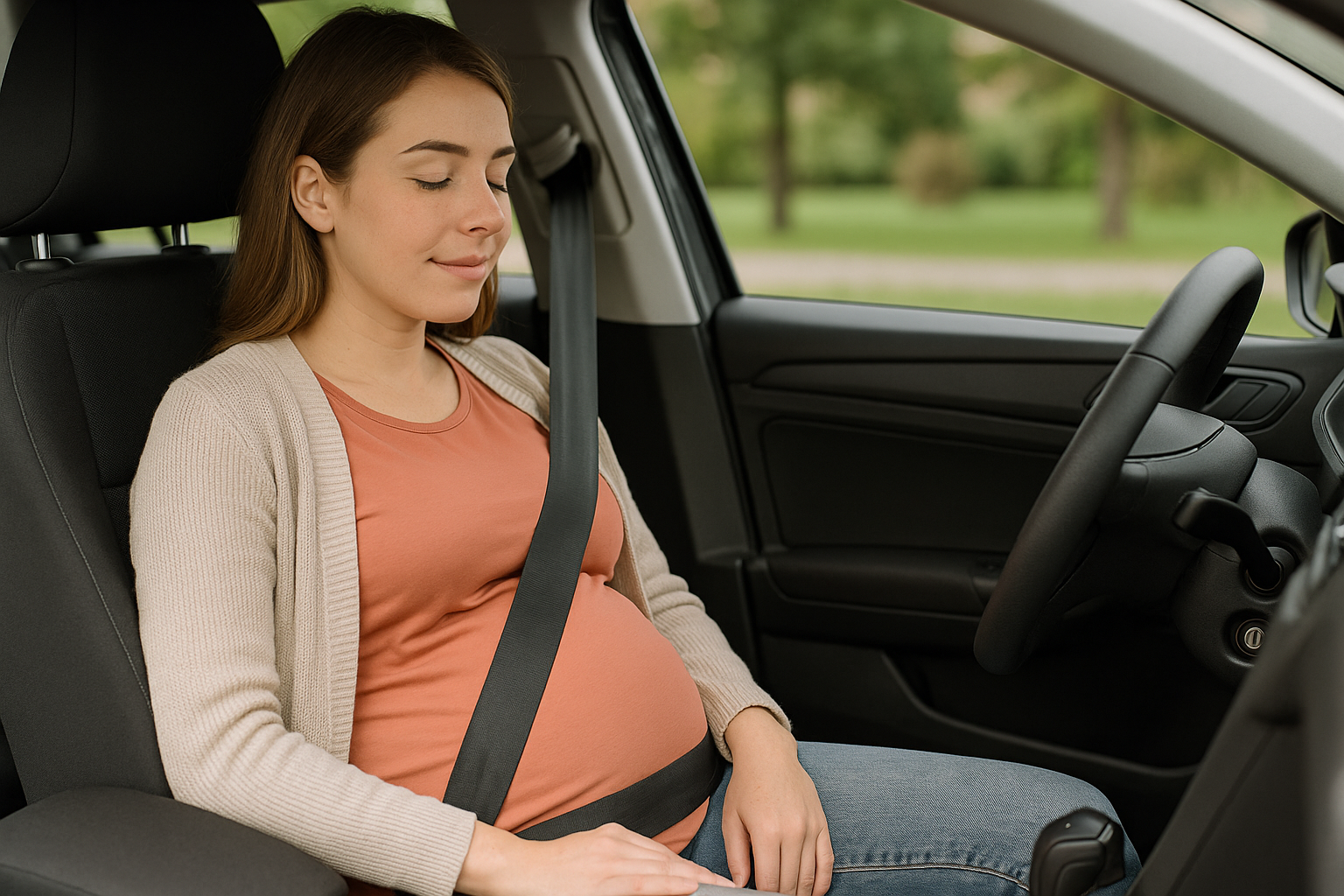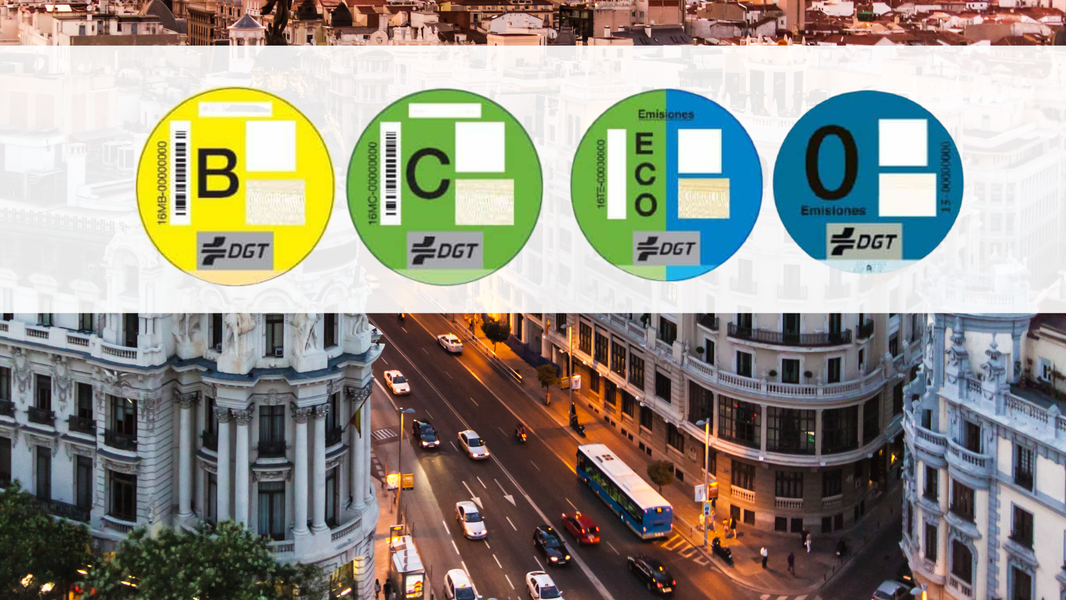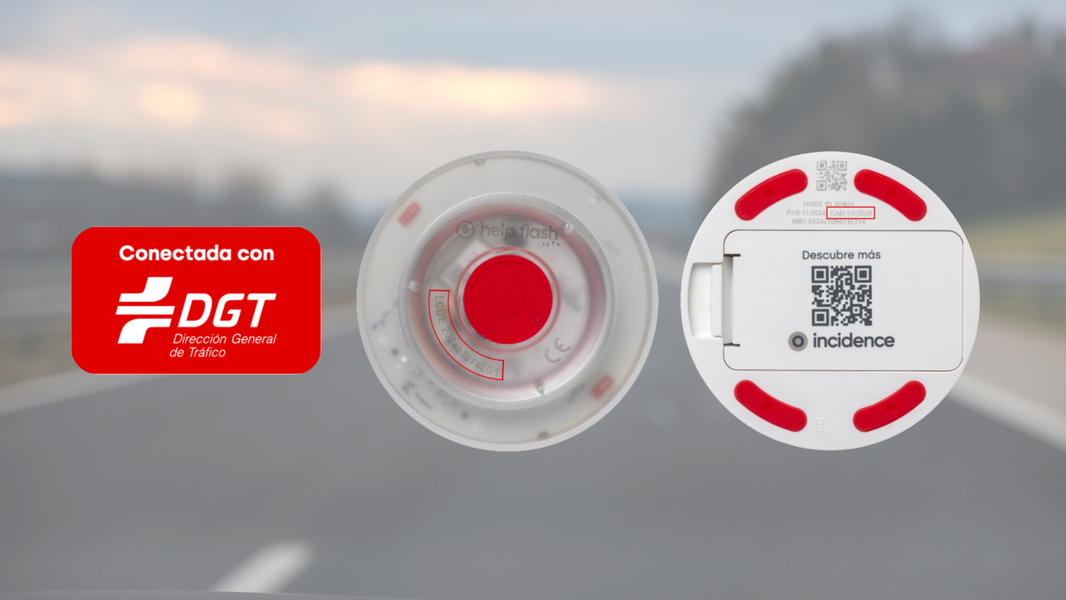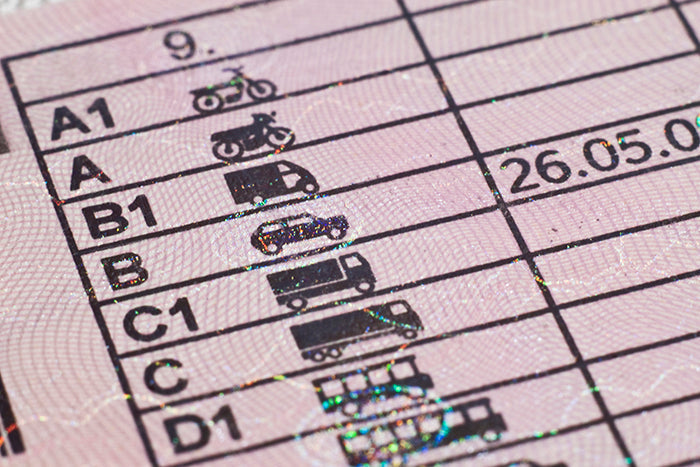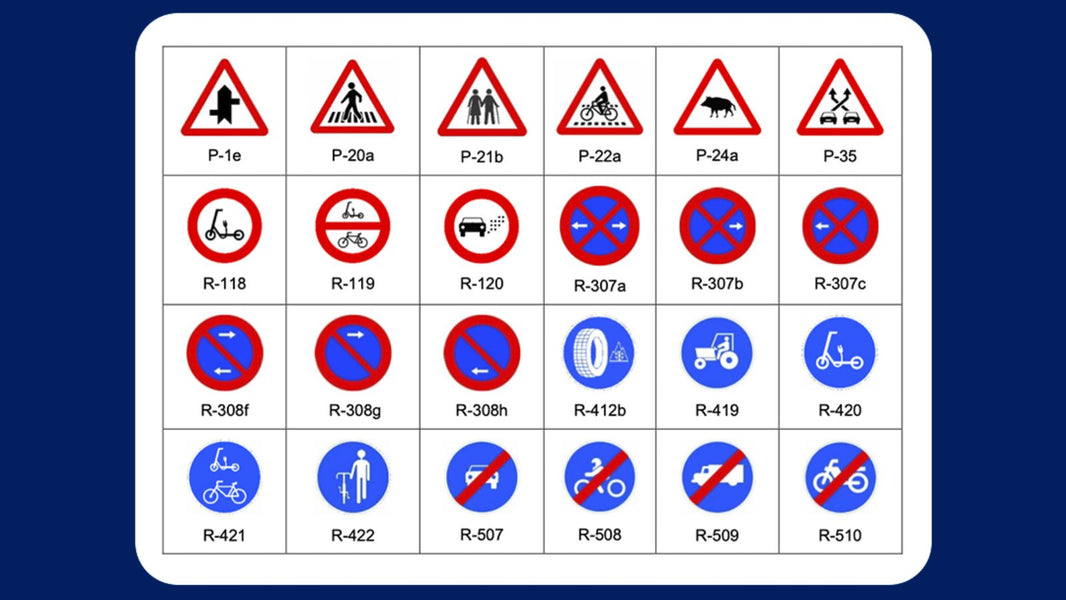If you're pregnant and driving or traveling by car, this post is for you. Here, we explain why pregnant women should wear a seat belt , how to properly fasten it to protect the baby, when to start using it, and the differences between regular seat belts and special pregnancy adapters. We also give you practical tips for more comfortable and safe travel during the nine months. Keep reading and get all your questions answered!
Should a pregnant woman wear a seat belt?
Yes, pregnant women must wear a seat belt whenever traveling in a car, whether as a driver or passenger. Not only is it required by law, but it's also the most effective way to protect both mother and baby in the event of sudden braking or an accident. The law does not provide exemptions for pregnancy except in very specific and documented medical cases.
The key is to wear it correctly . An improperly fitted seat belt can be uncomfortable or even dangerous, while a properly fitted seat belt protects the pelvic area and prevents direct impacts to the abdomen.
When should you start wearing a seatbelt during pregnancy?
From day one. There's no stage of pregnancy during which the use of a seat belt is not recommended. In fact, the sooner you get used to wearing it correctly, the easier it will be to adapt as your belly grows.
Even if you don't notice pregnancy yet, wearing a seatbelt is still essential to protect the uterus and internal organs from any impact.
How to put on a seat belt while pregnant
The correct way to use the car seat belt during pregnancy is key to ensuring that it truly protects:
- The horizontal band should be as low as possible, snug against the hips and below the belly, never over the abdomen.
- The diagonal band should pass between the breasts and along the side of the belly without touching it directly.
- Make sure it is not twisted or loose.
A helpful tip: When you sit down, pull the bottom strap down and position it very low before fastening it. This will prevent it from riding up when you move.
Difference between a normal belt and a pregnancy belt
A properly fitted conventional seat belt is safe throughout pregnancy . However, many pregnant women opt for a pregnancy belt adapter, also known as a maternity belt or maternity sash, because it improves comfort and maintains the correct position of the belt.
These devices don't replace the seat belt , but rather redirect it so it doesn't put pressure on the stomach. They are placed on the car seat and secure the lap belt below the belly.
Can a belly band harm the baby?
No, as long as it's an approved adapter and used correctly. On the contrary, its function is to prevent the belt from unintentionally rising toward the abdomen, which would reduce the risk of injury in the event of an impact.
What can be dangerous is using uncertified bands or taking shortcuts (such as using only the diagonal band). This can cause more injuries than protection.
Tips for using a seatbelt while pregnant
- Adjust your seat properly: the more upright you sit, the better the seat belt will fit your body.
- Avoid very bulky clothing that may interfere with a proper fit.
- Take frequent breaks if you drive for long periods of time. Pregnancy doesn't prevent you from driving, but it's a good idea to take a break every 1-2 hours.
- If you have trouble fitting it, ask for help or consider an adapter that will make you feel more secure.
- In the event of a minor accident, always seek medical attention, even if there is no visible injury. A simple sprain can have internal consequences.
Furthermore, in the event of a breakdown or accident, the Help Flash becomes a much safer and more convenient solution than emergency triangles, especially for a pregnant woman. This warning light is activated automatically when placed on the roof of the car or manually from inside, without having to leave the vehicle. This means you won't have to walk on the shoulder or put yourself at risk in traffic , which is especially dangerous during pregnancy.
Its powerful flashing light is visible from over a kilometer away, even in low visibility conditions, and is approved by the DGT (Directorate General of Traffic). In its connected version, the connected emergency car light, such as Help Flash IoT+, also sends your location instantly to the DGT 3.0 platform, alerting other drivers and emergency services. So, while you remain safely inside the car, your vehicle is already perfectly signaled and connected. Additional protection that makes all the difference when you need it most.
